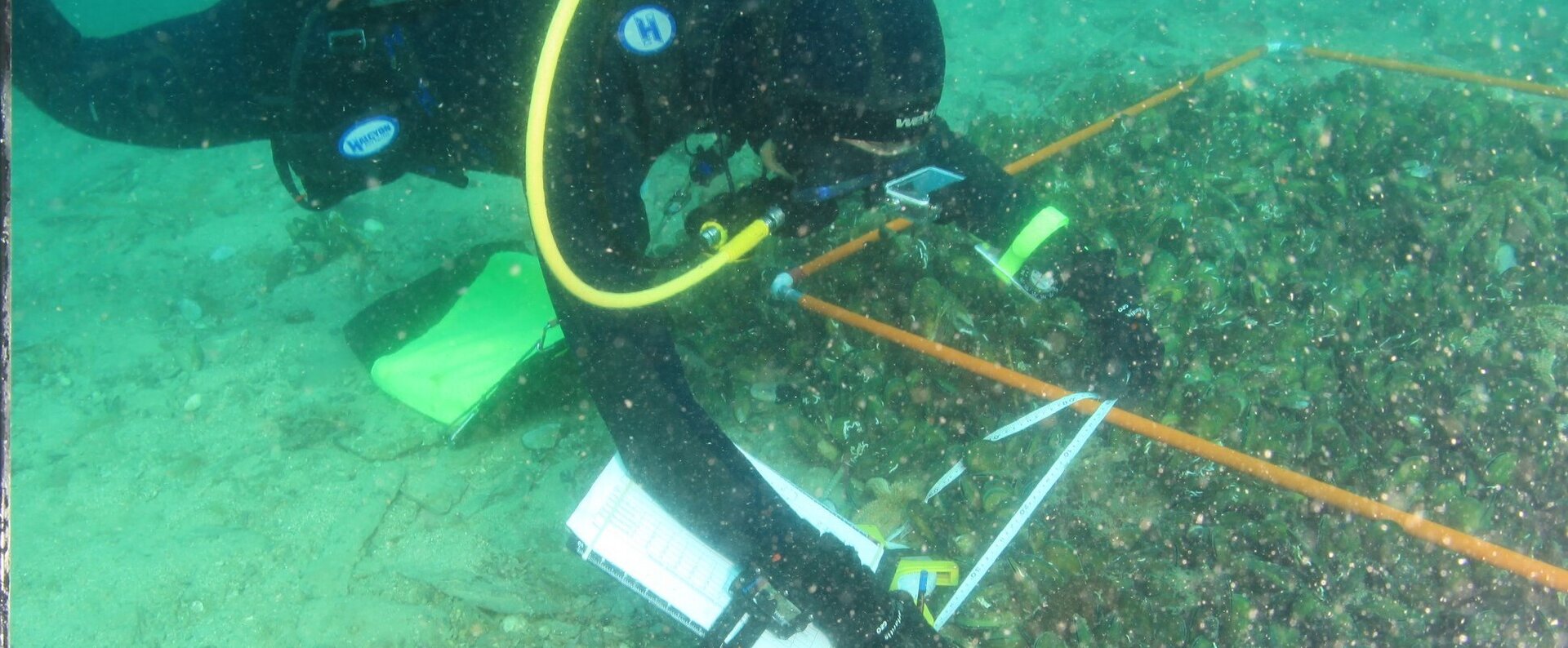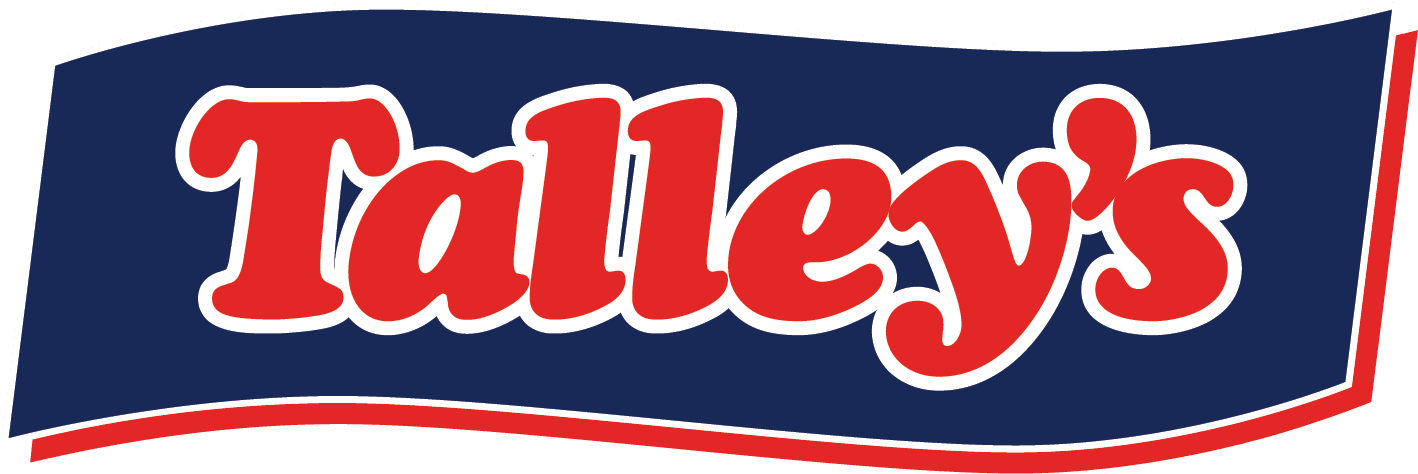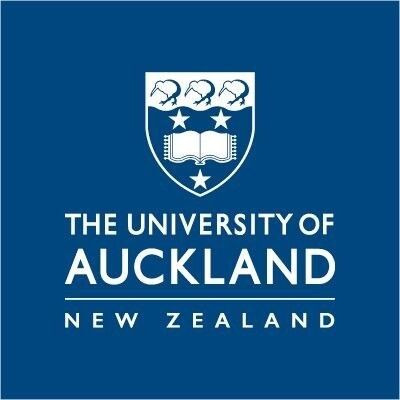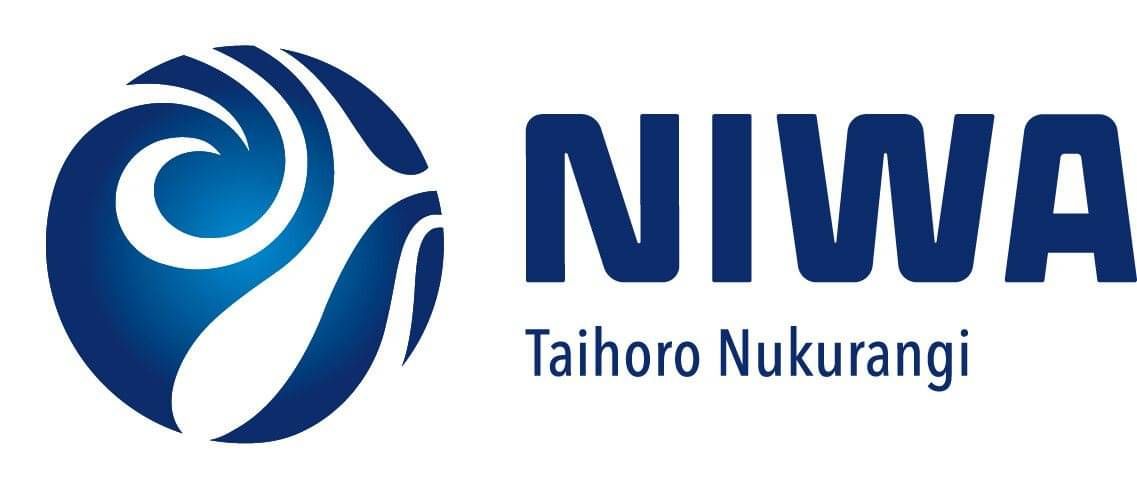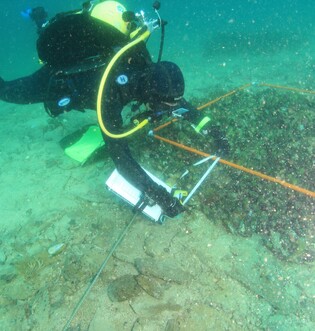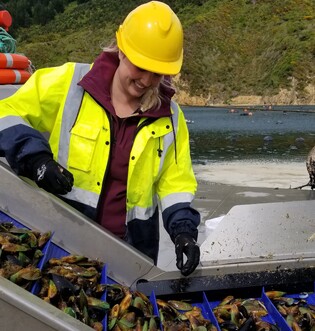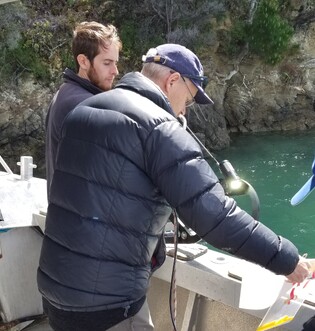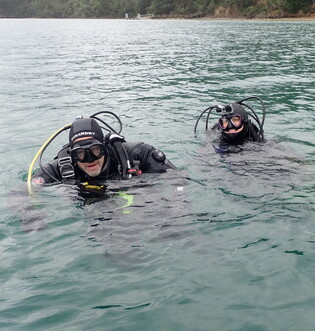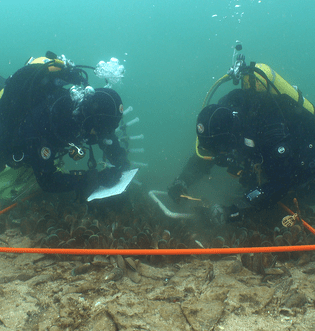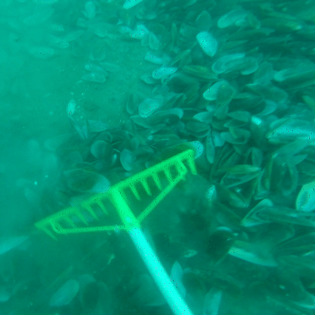Mussel Bed Restoration Project
Right up until the 1960’s the Pelorus Sound was home to extensive wild Greenshell mussel beds. Throughout the 1960’s, 70’s and 80’s these wild beds were over-fished - to the point where only a fraction of the wild stocks remained.
Mussels are the building blocks of many coastal environments and provide a number of critical ecosystem services including; providing habitat, stabilising the seabed and filtering the water. Whilst farmed mussels provide the same ecosystem services, restoration of the wild beds will only provide further benefits. A secondary benefit of thriving wild mussel beds is the production of juvenile mussels (known as spat) that can then be caught and grown on marine farms.
In 2016, two mussel farmers based in the Pelorus Sound came to the Marine Farming Association with the idea of a restoration project. The MFA then canvassed its members and found that there was widespread support for the project, with a number of companies offering both cash and in-kind contributions. The MFA then partnered with The Nature Conservancy and the University of Auckland (who are providing both in-kind and cash support) and applied for co-funding from the Sustainable Farming Fund (SFF). The SFF application was successful and the project was born.
Our collective research over the last four years has explored the potential for restoration of mussel populations in Pelorus Sound/Te Hoiere and has produced promising results. These collaborative research efforts between the University of Auckland, the Marine Farming Association, Te Tau Ihu Iwi Fisheries Forum, NIWA, and the Nature Conservancy, have demonstrated that farmed mussels can effectively be used to restore mussel beds on soft sediment and in shallow intertidal zones.
The key research findings from the last four years (2019 - 2023) include:
· In most places in Pelorus Sound/Te Hoiere where mussels are restored to the seafloor they survive well, indicating the habitat is still very suitable for supporting wild mussel beds.
· Where mussels are restored in Pelorus Sound/Te Hoiere there are significant associated ecosystem benefits, as evidenced by a rapid increase in the abundance of fish and seafloor creatures in the vicinity.
· There is very limited recruitment of young mussels into restored mussel beds after 3 years, suggesting there is a bottleneck for natural recruitment that needs to be resolved if mussel restoration is going to be successful long-term.
· Natural mussel shell material from aquaculture can be recycled back into the marine environment to aid mussel restoration by consolidating muddy seabed to provide a firmer substrate for establishing restored live mussels.
The mussel restoration project has been extended for an additional three years (2023-2026) and aims to:
1) Increase the effectiveness of mussel restoration by developing methods for understanding and harnessing natural recruitment into restored mussel beds.
2) Assess the efficacy of recycling mussel shell from aquaculture to enhance biodiversity and stability of seafloor habitats characterised by accumulated fine sediment from land run off.
3) Extend the application of mussel restoration methods developed for enclosed waters of Pelorus Sound/Te Hoiere so they are effective in open coastal waters of Golden Bay/Mohua and the Delaware Bay/Wakapuaka Taiapure.
Please see the project updates for progress to date or for more information get in touch with us via the Contact Page.
Page.
